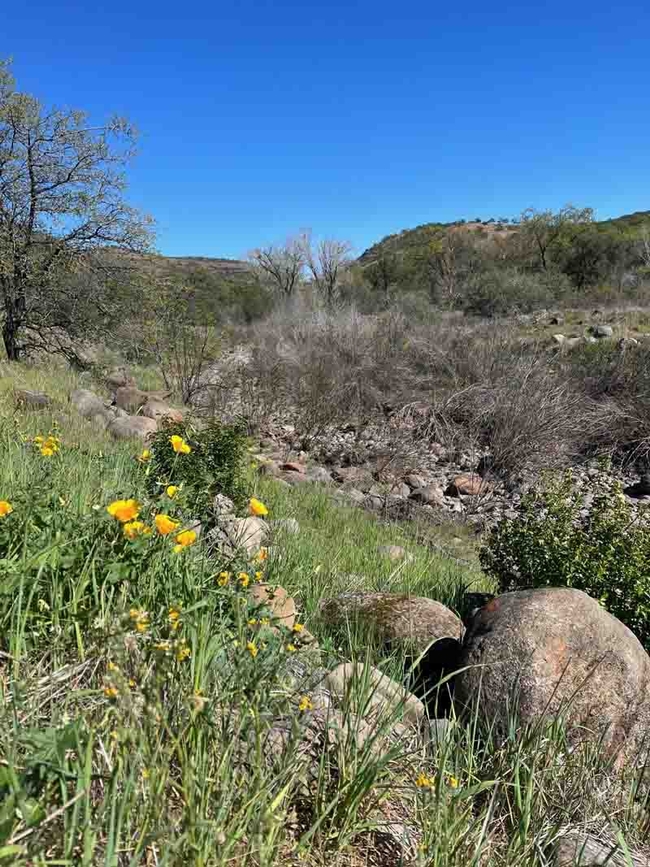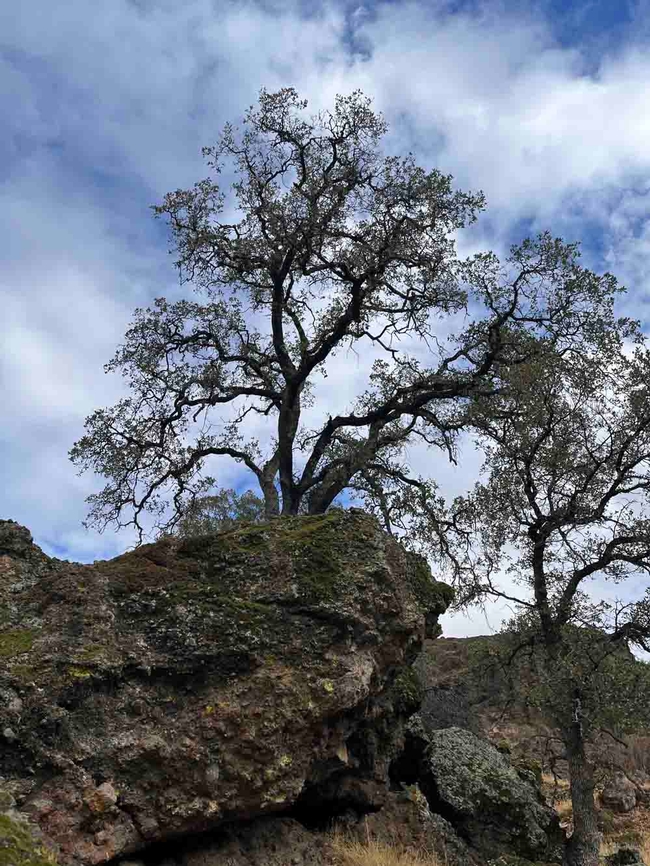This is the second of two articles on projects The Nature Conservancy (TNC) is involved with in our part of the North State. The Nature Conservancy is one of the world's most effective and wide-reaching environmental organizations. In Northern California TNC manages, among others, projects along the Sacramento River (the subject of last week's Real Dirt column) and the Dye Creek Preserve in Tehama County.
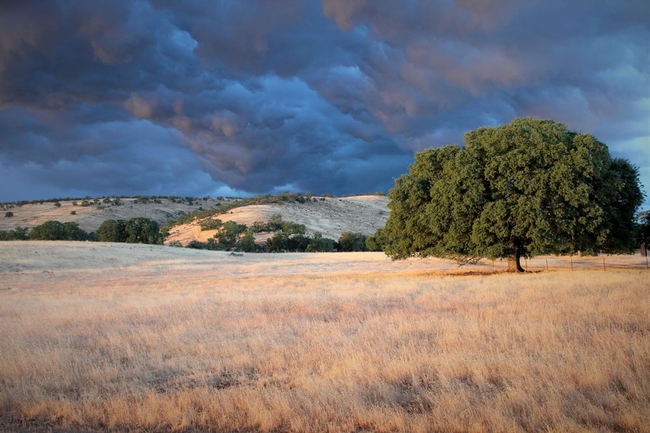
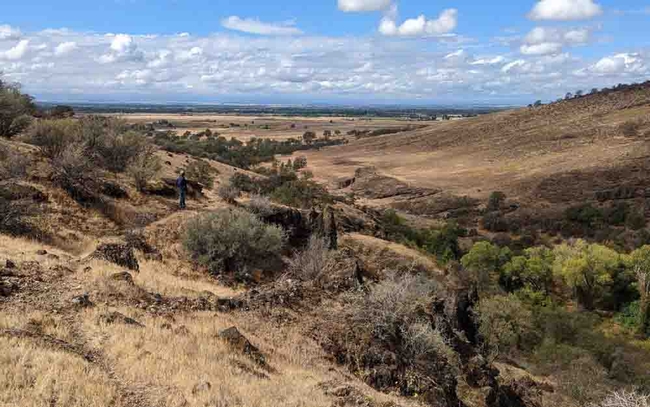
Generally speaking, says Craig, we all need what Dye Creek offers. Whether one spends two hours, two days, or even more time out there, it's a healing, calming, and refreshing place. She's seen this effect firsthand in her role as Preserve Manger for over a decade: witnessing visitors leaving this space with a new sense of richness in their lives and a sense of fulfillment. Each person brings to the space their own experience and their own reason for visiting, so each one has a unique impression that they take away as their own.
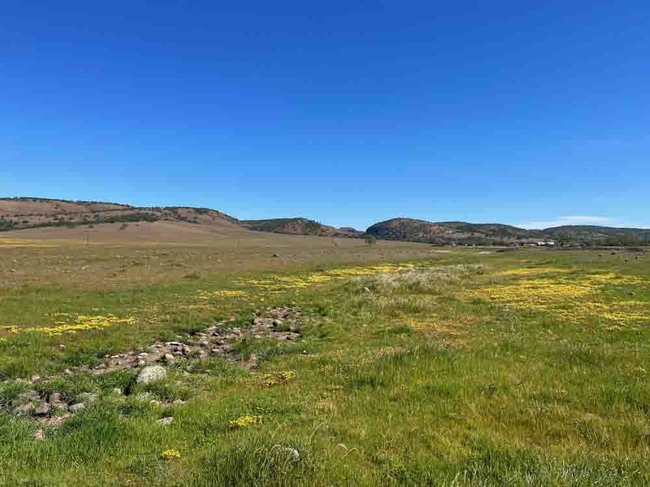
Craig sees that the increased dryness and warmth has far-reaching effects. Migratory animals forced down to lower elevations by winter storms may struggle to find the water supply they need. Wetland areas (both natural and artificial) on the Preserve and nearby, have historically acted as pieces of the Pacific Flyway. As these resources become scarcer, waterfowl, other wildlife, and people may find it challenging to have their needs met.
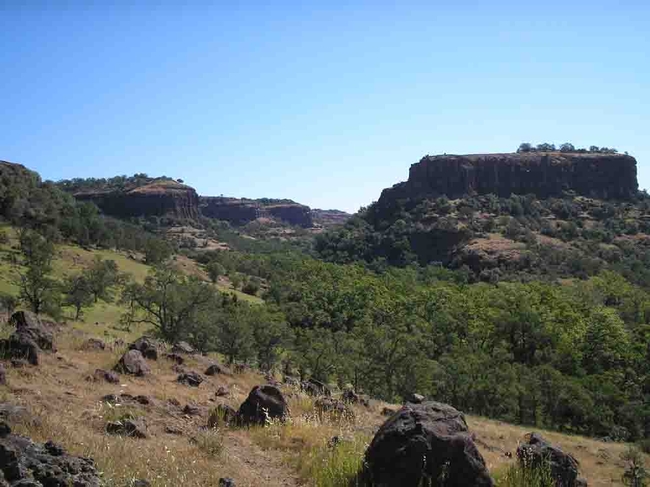
The photos accompanying this article illustrate the physical beauty of the Dye Creek Preserve. But the following piece written by Andrea Craig pays tribute to its emotional and spiritual beauty. As she said at one point in our conversation, there are some love stories out there.
Atop the volcanic mudflows that formed this place, atop the lava cap,
Are the soil crusts, lichens, flowering plants and trees that came to be.
Dozens of special status plant and wildlife species are protected here (45 to be exact).
Dye Creek Preserve is an expanse of grasslands with vernal pools
and the majestic, old-growth blue oak woodlands we know today.
This is a region of ancestral convergence. Land of the Nomlaki, Yana, Yahi, Mechoopda, Wintu and Maidu peoples.
Fur trappers came for the beaver, sawyers came to pass winter, sheepherders
Settled; these foothills were dotted with chimneys and a schoolhouse.
Now down to a population of just two the Preserve is wilder than it's been
In over a century.
Rugged, rocky canyons glow with sunrise and set, its cliffs
Are home to the peregrine falcon, golden eagle and we expect condors -- again someday.
I've walked along the path of the sycamore, bay, ash and cottonwoods,
Watching the rump of a black bear disappear noisily into the willows.
If you linger and walk quietly you may see the mountain lions, bobcats,
And even a ringtail cat staring back at you -- if you're lucky.
But there is something grand just knowing they're all here, even if unseen.
If you walk east, gaining elevation through the woodlands, walk for one full day,
You'll leave the Central Valley and the blue oaks of Dye Creek to pass through pines,
Contiguous protected land, the Ishi Wilderness, and through Lassen National Forest,
Keep hiking, following the climb of the highest elevation chinook salmon passing by right here in Mill Creek,
You may reach Lassen Peak from Preserve headquarters, crossing only one paved road.
This place is still home for the largest migratory deer herd in California.
And for fairy shrimp and rain beetles, for yellow-legged frogs, and an astonishing seventeen species of bats.
My favorite of all is the year-round yip howling of coyotes
-- their excited ruckus a celebration of something wild and wonderful in the distance.
On a clear day you can see for 100 miles. These are big skies. Breathe. Notice quiet.
Watch sunsets over the coast range, feel the weather come and go on any day.
Boy can the wind blow, so, the wind-pollinated dominate this landscape-
Wind pollinated blue oaks, Valley oaks, live oaks, and 91 distinct species of grass alone.
91 kinds of grass, seriously.
For the fantastic diversity of life, and all that we do not yet know.
I am proud to work every day with amazing people ensuring this place is preserved--
Ensuring that our community will always have this watershed, this viewscape, and
this resource, to share with our children.
If you have never experienced Dye Creek it may be time to visit this one cool place.
Andrea Craig
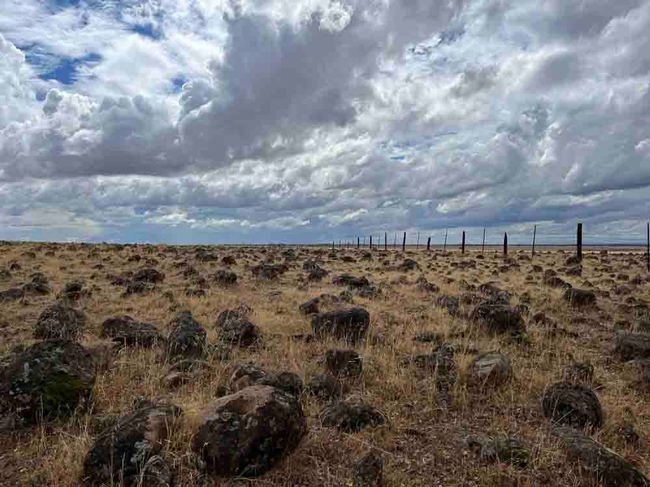
New Master Gardener 2023 Workshop Series starting up! Our Spring series of workshops will begin in late January with Seed Starting on Tuesday, Jan. 31. For more information and to register, visit the Master Gardener Workshop webpage.
UC Master Gardeners of Butte County are part of the University of California Cooperative Extension (UCCE) system. To learn more about us and our upcoming events, and for help with gardening in our area, visit our website. If you have a gardening question or problem, email the Hotline at mgbutte@ucanr.edu or leave a phone message on our Hotline at (530) 538-7201. To speak to a Master Gardener about a gardening issue, or to drop by the MG office during Hotline hours, see the most current information on our Ask Us Hotline webpage.
